650c and the Future of Wheel Sizes
In the early 1990’s, when you bought a triathlon bike it almost certainly came with 650c wheels. If you’re new to the game and don’t know what that means, the over-simplified short answer is this: 650c wheels are smaller than the current “standard” of 700c wheels.
Why smaller wheels? The key reasons are:
1) They allow for lower positioning of the handlebars – often necessary for shorter athletes (about 5’4”/163cm and shorter) to achieve a proper bike fit without other special parts or modifications.
2) Wheels that are sized proportionally for a bike contribute to good handling.
3) Smaller wheels reduce or remove overlap between your toes and the back-end of the front tire. (This becomes obvious during sharp turns.)
4) Smaller wheels have less surface area to catch side winds, leading to easier handling on windy days – particularly for lightweight athletes.
5) Smaller wheels are lighter and easier to pack.
That sounds like a lot of good stuff, doesn’t it? Indeed, while we don’t want too many wheel size options (which can hamper dealers’ ability to stock and service our bikes due to greater inventory), I think it’s a reasonable proposition to have two wheel sizes for road-based cycling. The world of mountain biking has taken this and run with it, offering four different sizes for different disciplines – 24in., 26in., 27.5in., (a.k.a 650b) and 29in. (a.k.a. 700c).
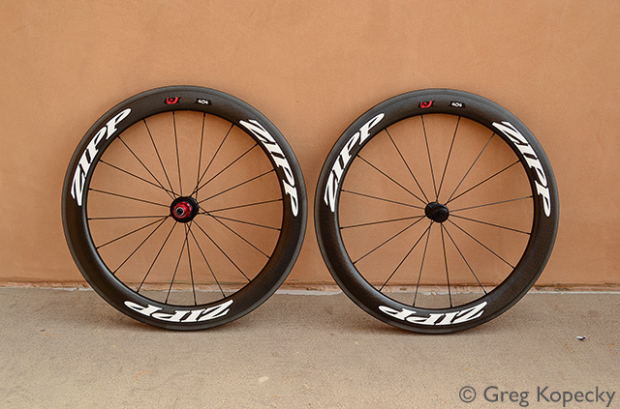
In contrast, road cycling and triathlon have slowly but surely eliminated 650c, leaving 700c as the lone size for performance bikes. The big shift started around the year 2000, when triathletes looked to male professional time trial cyclists as the template for a desirable bike setup. For a number of reasons – primarily economic and simplification of equipment for chaotic team trucks – they use 700c wheels almost exclusively. They’re the fastest people on earth, so we triathletes mimicked them. Over time, 650c fell out of fashion, and even gained a false reputation among some industry circles as being somehow worse or “slow” – a simple-minded criticism based on no actual data or logic.
About 5 years ago, wheel and frame manufacturers still offered 650c in the smallest sizes of triathlon bikes. You could even occasionally find 650c road bikes, such as the smallest size of the excellent Cervelo RS. While most large wheel manufacturers had discontinued 650c wheels by about 2010, Zipp invested in a 650c version of their 404 carbon clincher, and Hed offered many choices – the Ardennes, Jet 6, Jet 9, Jet Disc, H3, and H3 Deep. These were great products and it seemed like 650c would stick around to serve shorter athletes. However, if you ask me, its application could serve a wider audience (and just to see for myself, I built up a 650c project bike several years ago).
But the last few years have seen further consolidation of product lines, and 650c is almost nonexistent today. If you survey companies such as Trek, Felt, Specialized, and Cervelo, you’ll find that all of the new triathlon bikes have 700c wheels. Zipp customer service confirmed for me this week that they have completely discontinued the 650c 404 carbon clincher. Hed discontinued the 650c option for ALL wheels except the aluminum Ardennes. The lone 650c carbon wheel offering I can find today is from Premier Tactical (pictured below). If anyone is aware of other options, please let us know in the comments below.
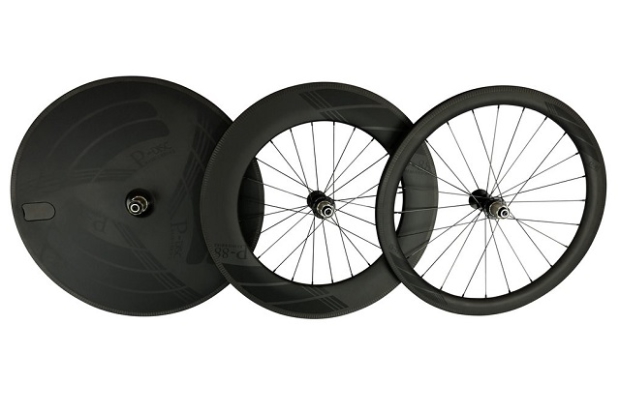
I’ve had more than one professional bike fitter express to me that this is a huge disappointment, especially considering how mountain bikes have embraced a variety of wheel sizes.
Thankfully (and oddly enough), handlebar manufacturers have stepped in to reduce the number of problems caused by large wheels on small bikes (item #1 in my list at the top of this article). With the right combination of bike geometry, a low-angled stem, and very low aerobar pad positioning, it’s possible for many short athletes to achieve an acceptable handlebar position and bike fit. This doesn’t address the other issues such as toe overlap or crosswind handling, but it appears that these issues are not a high priority for enough people to drive the market.
Where does this leave us? Unless something drastic changes, I think it’s safe to say that 650c is essentially dead, outside of the secondhand market and a very small handful of niche products. Rather than fight it, I think it’s time we accept it and move on.
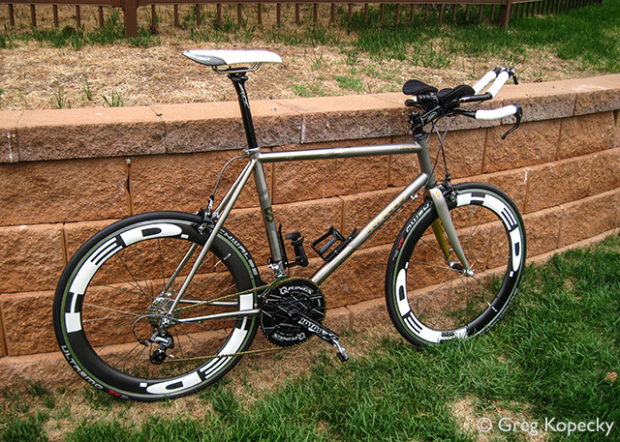
650-What? A New Hope?
All of the above notwithstanding, a funny thing has happened. There has been a recent reintroduction of 650b to cycling. More specifically, 650b wheels are showing up on mountain bikes, gravel bikes, and road plus bikes (road’s semi-off-road cousin). Don’t ask me why 650b is considered okay while 650c is not. The two sizes are so close that I’ll bet nobody could tell a difference in a double-blind study (yet they’re different enough that their tires aren’t interchangeable).
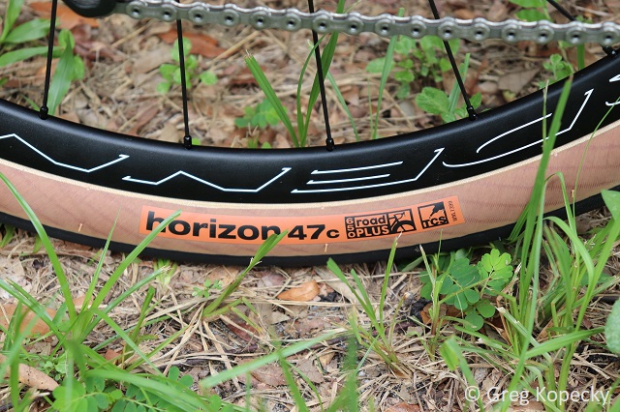
So I’m going to make a prediction today. If 650-anything has a future in triathlon, I think it’s 650b. More than that, it will be 650b wheels and bikes equipped with disc brakes. You heard it here first!
Well, you kind of heard it here first. Canyon has already announced 650b-and-disc-equipped road bikes for women. They just haven’t made it to triathlon yet. While disc brakes aren’t in any way necessary to make smaller wheels viable, consumers are being pushed to discs and I don’t see any significant frame mold investments happening without them.
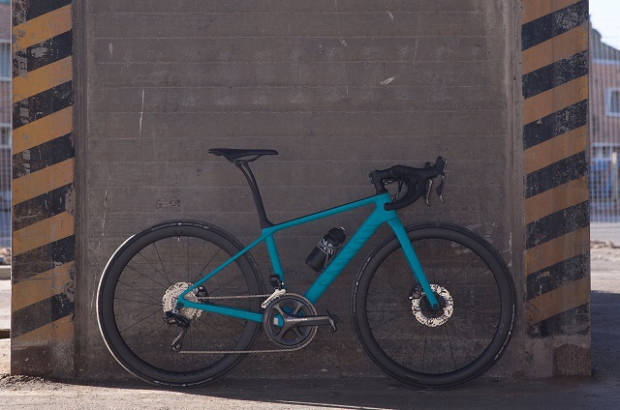
My hope is that within 5 years there will be at least a few triathlon frames with 650b wheels. Whether this happens will depend on demand from consumers, fitters, and retailers. Oh, and the frame manufacturers have to listen to that demand, too. In the end (and assuming my prediction is true), the only real consequence is that the market will have had a 5-7 year period during which short riders had no choice in wheel size outside of custom-made bike frames and secondhand wheels. And of course, there are bound to be retailers that suffer somewhat during the switch, as old inventory must be eliminated to make room for the new stuff. This exercise isn’t new for the bike business, however, so retailers will know the drill.
I’d like to hear from you, whether you’re a retailer, fitter, or everyday consumer. Do you miss 650c? Would you consider 650b if it comes to triathlon? Or do you feel that 700c is the best choice for everyone?



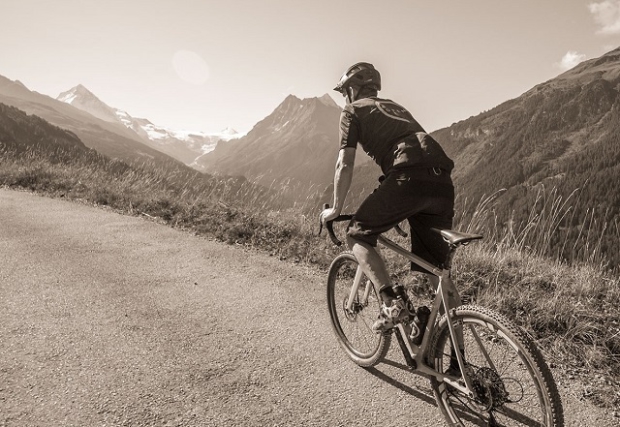
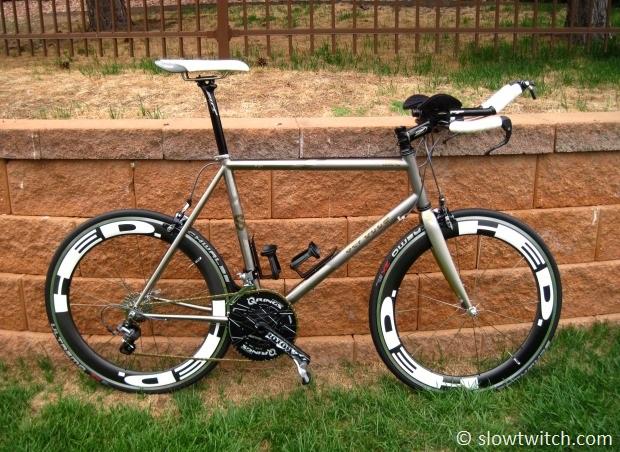
Start the discussion at slowtwitch.northend.network